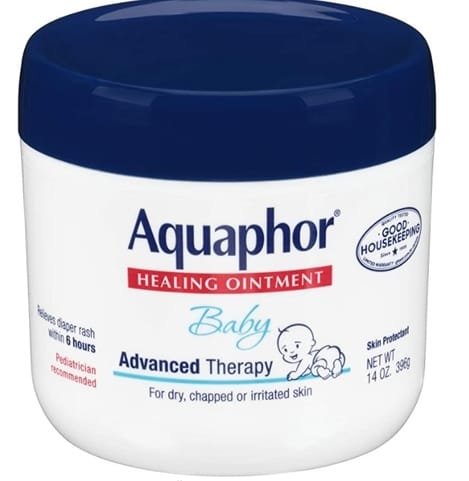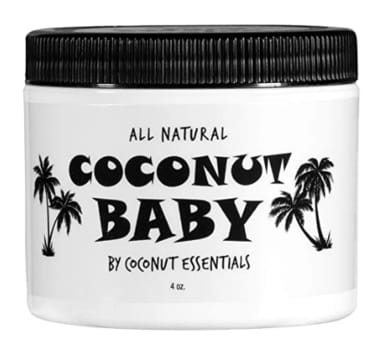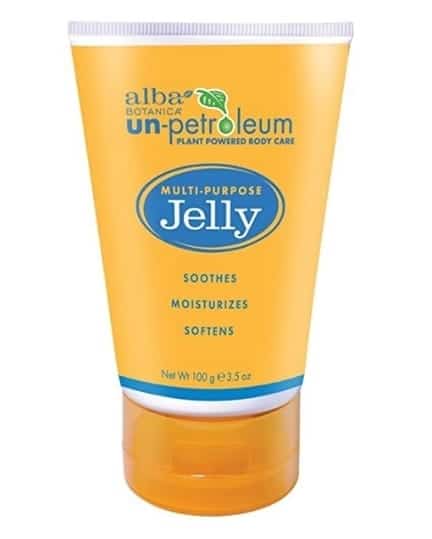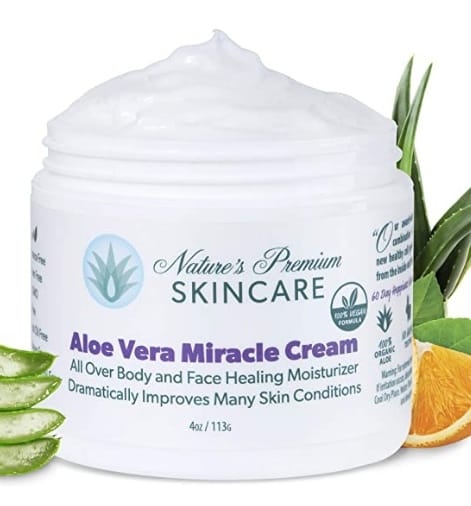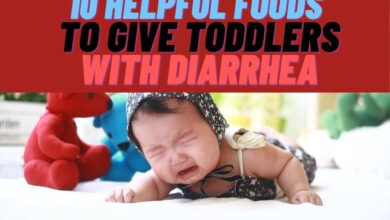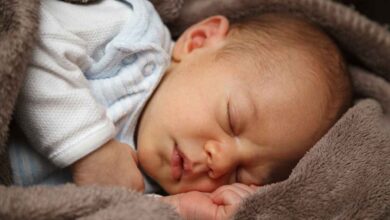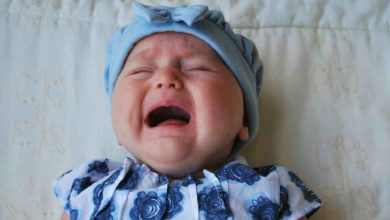Drool rash vs Eczema

What’s the difference between drool rash and eczema? A lot of parents can tell the with drool rash vs eczema.
There are different types of skin conditions in babies that comes with similar symptoms, sometimes it maybe difficult to tell which of skin condition your baby is experiencing.
Drool rash and Eczema symptoms are pretty similar, but there are different. In this i am going to show you their difference and reveal to you ways of spotting and treating them.
Drool rash and eczema, both appear early within the first 6 months of babyhood. The two skin conditions appear slightly raised, red and itchy. Here is how to identify them.
Table of Contents
How to Identify Drool Rash
In some quarters teething rash is also known as drool rash. Drooling is commonly associated with teething, but teething isn’t the only time a baby can drool.
Because of the much saliva coming out from your baby’s mouth, it causes rashes to appear in the folds of your baby’s neck, around the mouth and cheeks or on your baby’s chest as a result of the wet skin.
Baby drool rash has a rough appearance; it’s also seen as an even or slightly swollen patch with little red bumps. The red irritation, known as drool rash is encouraged by the presence of saliva on a baby’s chin, cheeks, neck, and chest due to constant drooling.
Causes of Drool Rash

Drooling is the major cause of drool rash in children. The digestive enzymes in drool affect the sensitive skin of your baby. The skin forms bumpy rashes that irritate the baby’s skin.
Drooling is the most common cause of drool rash, but drool rash may also develop because of the use of pacifiers that get the chin wet or food particles left on babies’ faces for a long time.
How to Identify Eczema
Baby eczema can appear as a red rash on the face, elbow, and knee, it can be found in other parts of the body too. Eczema makes the skin dry, itchy, and scaly. It can appear as small bumps, which may weep or ooze fluid. Other ways to spot eczema are:
- When the skin is thickened.
- When there are Redness and swelling in the skin.
- When there are changes to the skin around the ears, mouth or eyes and
- Lastly, when the baby has dark skin on the eyelids and around the eyes.
Other forms of baby eczema are Cradle cap, Atopic dermatitis, Dyshidrotic eczema, and Contact dermatitis.
Cradle cap appears as greasy yellow scales on the scalp, the scales become flaky and rub off over time. Sometimes it forms a thick layer that covers the entire top of the head.
Atopic dermatitis in babies can increase the risk of allergic conditions, such as asthma, hay fever, and food allergies.
Causes of Eczema
Inflammation and infection is a product from the inability to shield the body from environmental turbulence. Anything that disrupts the effective protection of the skin can cause dryness, aid entry of allergens, irritants, and bacteria, and lead to loss of moisture.
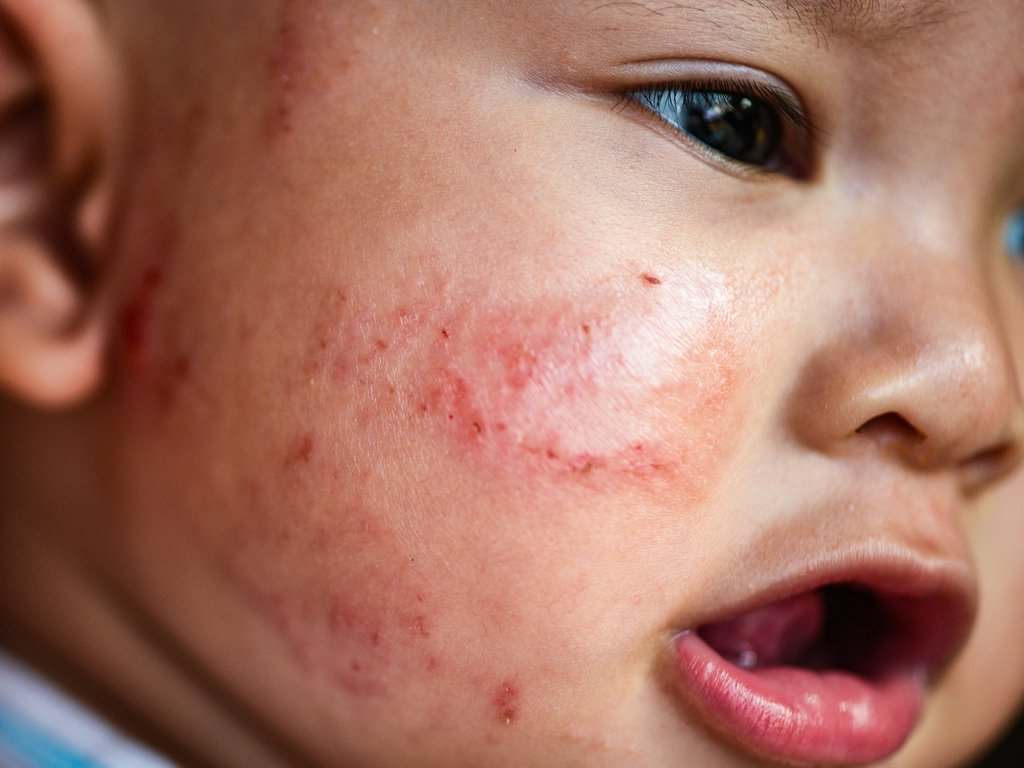
Eczema in babies is instigated by factors that make the skin to be dry, which affects the skin’s barrier function. Other factors are Genetic mutations, Immune system dysfunction causing an undesirable inflammatory response in the skin that affects the skin’s barrier function.
Certain substances have also been identified to flare up eczema and are also known as the trigger factors. They include:
1. Irritants such as
- Cold and Dryness
- Soaps and detergents,
- wool and sweating
- Emotional stress
- Skin infections
- Dry skin
2. Allergens such as
- Foods
- Dust mites,
- Pollen and molds.
Drool rash vs Eczema – What’s The Difference Between Drool Rash and Eczema?
- Both conditions have a rough appearance and appear as slightly raised patches with red bumps.
- Eczema makes the skin dry, itchy, and scaly and irritates the baby’s sensitive skin. On the other hand, drool rash is itchy, painful, and uncomfortable, but do not have scaly and cracked appearance.
- Baby drool rash is stimulated by the constant presence of saliva, but eczema is supported by the cold and dry environment.
- Baby drool rash can improve simply by applying Petroleum jelly while Eczema can be improved with hydrocortisone cream or any heavy moisturizing ointment.
Treatment for Baby Drool Rash and Baby Eczema?
The following tips will guide you on ways that can use in treating babies with conditions associated with drool rash and eczema. It is important to note that Drool rash vs Eczema is not all that matters, but the total well-being of your little ones.
Drool Rash Treatment
To treat drool rash and make your baby more comfortable.
- Wash the afflicted area gently, twice daily with warm water, then dry gently. Your baby’s skin is sensitive, avoiding rubbing when drying their skin not to further irritate already sensitive skin.
- Apply healing ointment like Aquaphor or petroleum jelly creates a thin coat that act as a barrier between the baby’s skin and the drool. These ointments can also help soothe baby’s irritated skin.
- Baby’s skin should be kept dry with a soft baby wipe, avoid irritants that can make baby’s rash worsen by using a mild, fragrance-free laundry detergent. It is also good to stop the usage of scented and perfume lotions.
NB: Contact your doctor when your baby develops fever and high temperature with drool rash.
Other alternative methods to treat drool rash are –
- Itching caused by the rash can be controlled by adding a little Aloe Vera to petroleum jelly
- Using coconut oil is good, it provides a protective layer and contains anti-fungal and anti-microbial properties that fight bacteria in the rash.
- If drooling is a result of teething, rub the baby’s gum with a soft washcloth kept in the refrigerator for an hour, to soothe baby’s pain.
Cream for Treating Drool Rash
Here are very effective creams you use to treat drool rash in kids
Eczema Treatment
Eczema does not have definite treatment but the severity can be reduced with time as the baby grows older. However, parents can take the following steps to manage skin dryness and prevent a flare-up.
- Use cool or lukewarm water to bathe your baby, avoid rubbing your baby’s skin too much with rough washcloths and towels.
- Use dye and fragrance-free ointments, creams, and lotions to moisturize your baby’s skin right after a bath.
- Dress your baby in a breathable, soft cotton clothing.
- Avoid using perfumes and scented baby wash.
- Avoid all irritants and allergens, remove as much as possible from your household.
- Avoid excessive sweating by keeping your baby cool and use a cool soft washcloth on the irritated areas.
- Use of ointments or corticosteroids such as hydrocortisone, reduce the inflammation caused by an allergic reaction.
NB: Contact your doctor or a pediatrician before applying corticosteroid creams on your baby’s skin.
Organic Cream for Treating Eczema
Final Word
It is exciting that you have read thus far. Drool rash vs eczema is not just a comparison but an expository post aimed to broaden parents’ knowledge on how to identify, differentiate, and treat these conditions.
When your baby develops fever, allergies or the rash seem not to reduce and spreading uncontrollably, please see a doctor fast.
Let us know your thought on drool rash vs eczema in the comment below. Cheers!!
Kiddiesquare.com does not provide medical advice and this post is not a substitute for professional medical advice, diagnosis or treatment. If you think your needs medical emergency, call your doctor immediately.
This post may contain Affiliate links, which means we may earn a small commission, at no extra cost to you when you make a purchase through a link. Read more
Reference
https://lupinepublishers.com/clinical-community-medicine/fulltext/ethnopharmacological-studies-of-aloe-vera-for-the-management-of-eczema.ID.000111.php
https://www.southerncross.co.nz/group/medical-library/eczema-causes-symptoms-treatment
https://parenting.firstcry.com/articles/teething-rash-drool-rash-in-babies-causes-and-home-remedies/


